Hi all,
Even though the first Persian miniatures were created to illustrate technical or scientific manuscripts, from the Seldjuk school of Baghdad onward (eleventh century), attention to detail, naturalistic rendition of people, clothes and objects were rarely considered priorities by miniaturists when illustrating literary plots and their pigments (gold, lapis lazuli, cinnabar etc..) were often brighter than life.
Thus any ruggie looking for good examples of Seldjuk- or Timurid- rugs in miniatures should take their representation cum grano salis.
However, there are some examples of perfectly credible rugs, especially in miniatures painted during the late Il-khanid period (school of Tabriz). We have already shown two such cases in the Salon «Animal-rugs in old masters paintings».
FIG 1. 1330-1340. Il-khanid period. The bier of Iskander. Tabriz. Freer-Sackler.
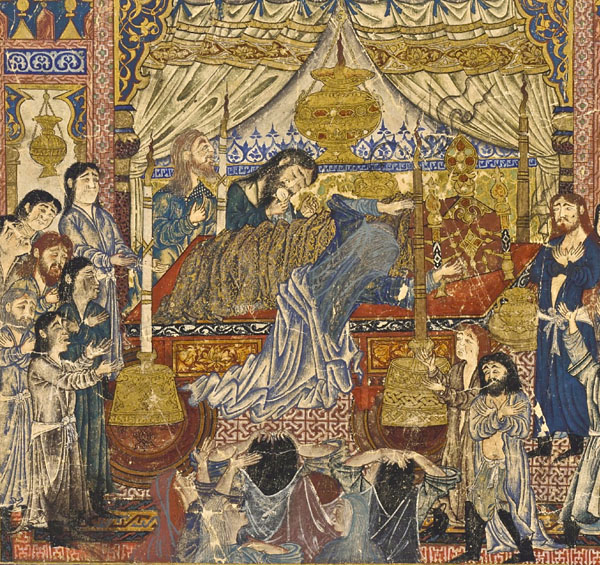 FIG 2. 1330-1336. Il-khanid period. Zohnak enthroned. Detail. Freer-Sackler.
FIG 2. 1330-1336. Il-khanid period. Zohnak enthroned. Detail. Freer-Sackler.

It is quite possible that both Il-khanid miniatures below also give a realistic representation of a type of fourteenth century turco-mongol rug, characterized by a narrow border and a field of regular «waves».
FIG 3. 1300-1325. Il-khanid period. Birth of Ghazan. Stadtsbibliothek Berlin.
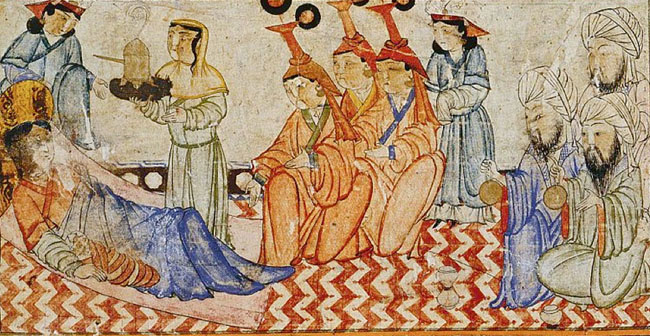 FIG 4. 1300-1340. Il-khanid period. Ghazan reading the Koran. Stadtsbibliothek Berlin.
FIG 4. 1300-1340. Il-khanid period. Ghazan reading the Koran. Stadtsbibliothek Berlin.
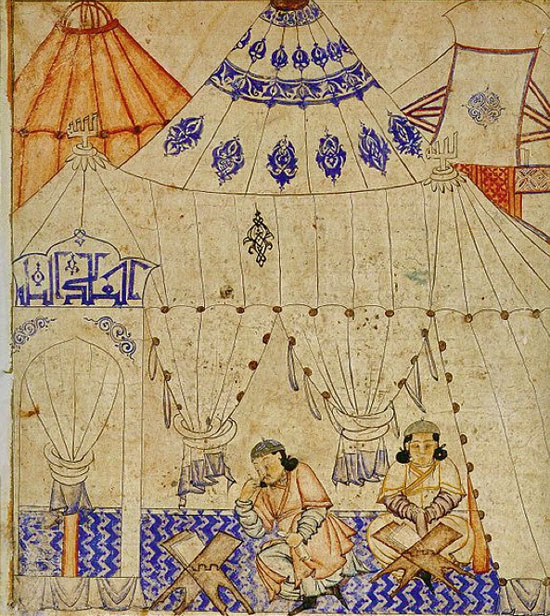
This, otherwise unknown, field of «waves» might have survived in two extant rugs, both dated from the eighteenth century, which H. Kirchheim and al. (1) tentatively attribute to northwestern Iran.
FIG 5. North western Iran. Eighteenth century. H Kirchheim.(1)
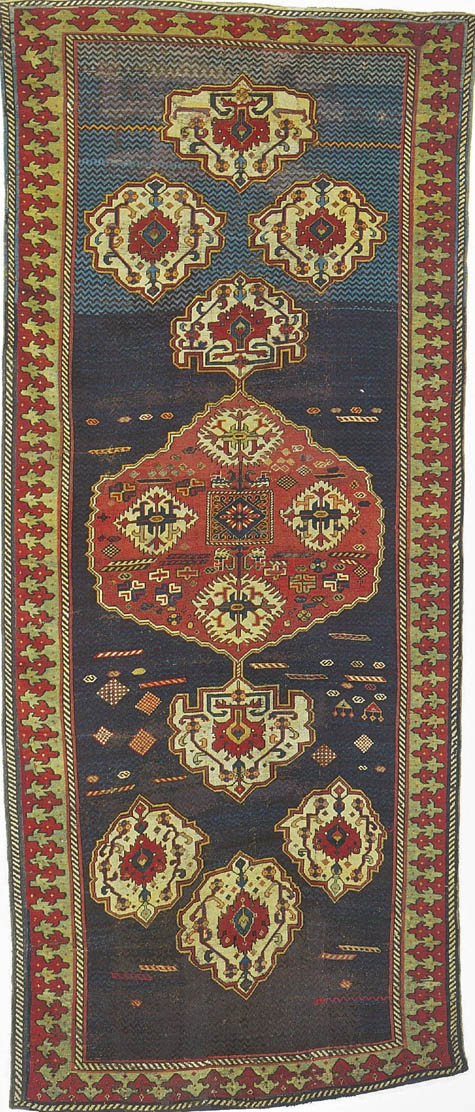
FIG 6. North western Iran. Eighteenth century. H Kirchheim.(1)
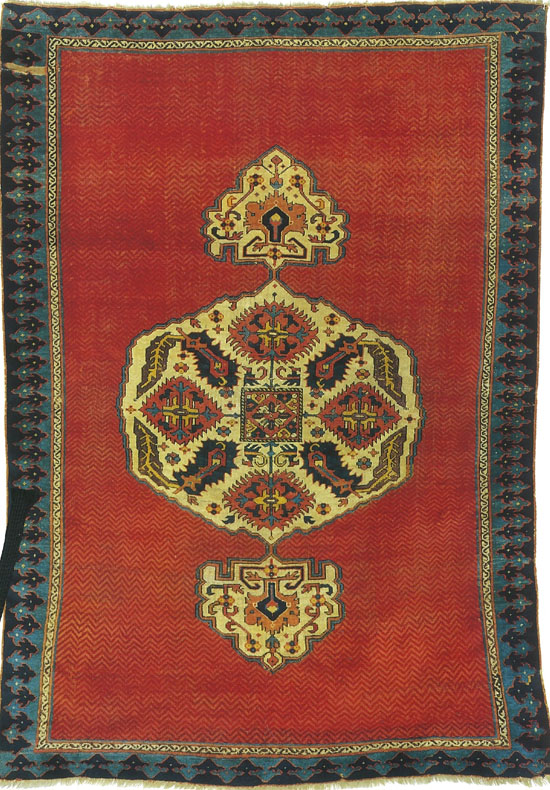
Best regards
Pierre
(1) Orient Stars. H. Kirchheim. Pages 120-121 (text) and 150-151 (pictures)